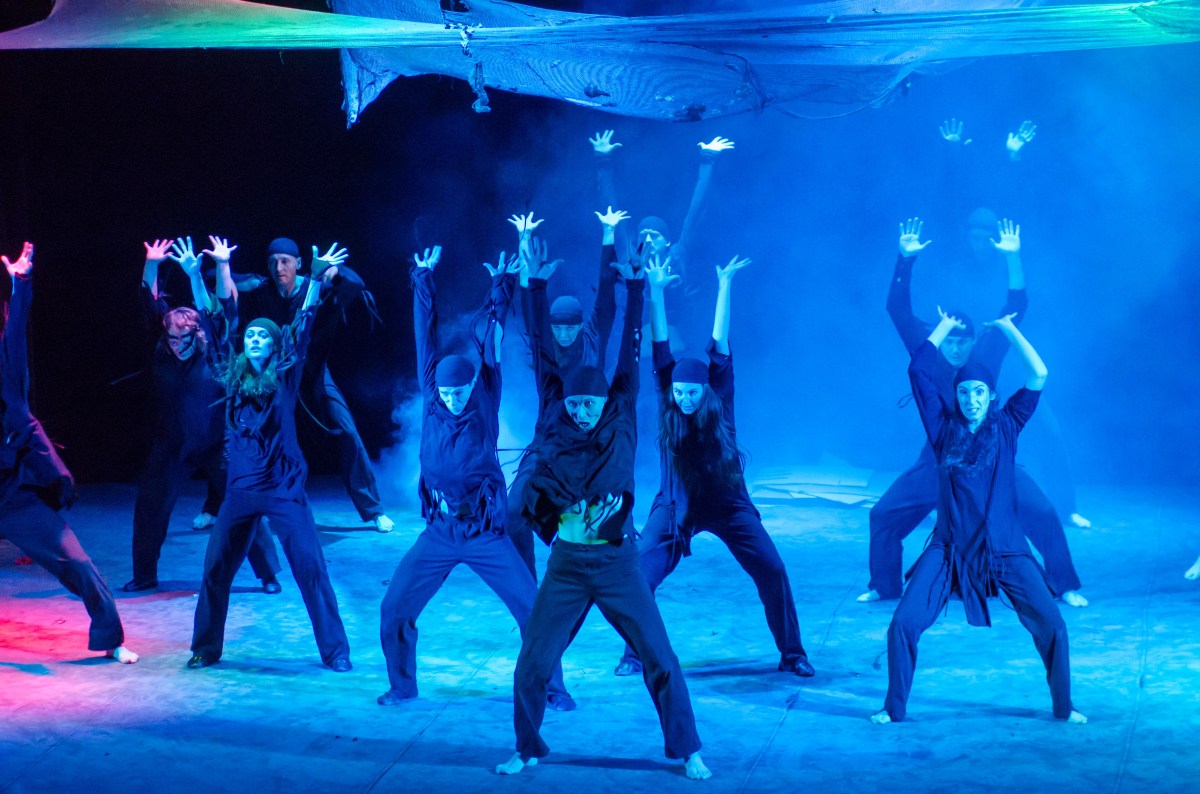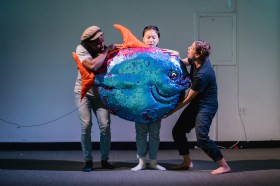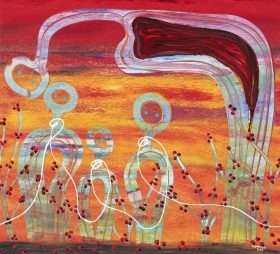The Albanese Government is taking a new approach to arts funding with the upcoming National Cultural Policy, laying out what the next decade potentially looks like for the arts. This has given the youth arts sector the opportunity to prove its value.
In a letter to Federal Arts Minister, Tony Burke (MP), a collective of 35 youth arts companies asked to make youth engagement a priority for the National Cultural Policy. It was felt by these companies that the immense impact they bring to social issues, health, education and the larger economy has not been reflected in their funding. A just-released review of the Australian and international research literature presented by Patternmakers and ATYP [Australian Theatre for Young People], and The Power of Youth Arts, perfectly addresses these issues.
It is no secret that having a society with strong awareness of social issues is vital to its longevity and sustainability. A 2022 Mission Australia survey of more than 18,000 young people found that the issues they consider the most important are climate change (51%), equity and discrimination (35.9%), and mental health (33.9%).
Unfortunately, young people are also likely to feel disempowered and voiceless – for example, only 13% of 1,500 Australians aged 10 to 24 say they feel leaders in government hear their concerns around climate change, according to the 2020 Our World Our Say Youth Survey Report.
This creates a paradox where young people have strong engagement and big ideas, but lack the platforms to voice them. Youth theatre companies like Australian Theatre for Young People (ATYP) work to provide a platform to these voices. As the Artistic Director of ATYP, Fraser Corfield, says: ‘There is a strange disconnect taking place in government action. On the one hand there is strong recognition that we need to address major social problems such as deteriorating mental health, improved educational outcomes, community building and improving the well-being of young people. At the same time there has been a systematic reduction in support for youth arts engagement … which addresses all those things!’ By having a boost in youth civic engagement, we can address issues well into the future.
In terms of mental health, it has long been known that participating in artistic activities has been shown to improve mood and reduce stress and anxiety. This is because engaging in creative activities can help to release endorphins and other feel-good chemicals in the brain, which can have a calming and therapeutic effect. An Australian systematic review of 56 studies found evidence that performing arts programs and interventions support mental well-being and social health.
Another review with meta-analyses of eight studies similarly concluded that ‘Dance Movement Therapy is an effective treatment for depression’. They cited research showing that dance ‘actively engages every part of the brain – while also providing the therapeutic benefits of exercise.’
Read: Program nurtures mental health alongside art
Recent figures from the Department of Education have shown the gradual slump in overall results from the NAPLAN test over the years. Schools that had strong arts programs like NHSPA actually performed better academically compared to schools without strong arts programs. Since the 90s, there’s been a strong international evidence base to suggest that arts participation is associated with higher academic performance – including literacy, numeracy and higher-order problem-solving skills.
Patternmakers and ATYP’s review, The Power of Youth Arts, suggests that, ‘in addition to academic performance, arts-rich education can improve behavioural indicators like engagement, motivation, attendance, drop-out rates and peer relationships’.
Arts-rich education can also improve school engagement for First Nations students. An evaluation of the Creative Arts Indigenous Parental Engagement program in Queensland schools found that the program increased student engagement in school and improved attendance.
The arts also provide a unique learning environment for students with special needs. A review of the literature on inclusive arts education found that it can support the development of social skills and promote inclusion and acceptance. Additionally, the arts can provide a way for students with special needs to communicate and express themselves in ways that may not be possible through other means.
The arts also have a significant economic impact. The arts and culture sector contributed $111.7 billion to Australia’s economy in 2017-18, representing 6.4% of GDP. This is larger than the mining industry, which contributed 5.6% of GDP. The arts also support over 700,000 jobs in Australia, which is also more than the mining industry.
It is clear that the arts have a profound impact on society, health, education and the economy. Youth theatre companies, like ATYP, play a critical role in providing opportunities for young people to engage with the arts and develop their skills and talents. We are hopeful that the upcoming National Cultural Policy will prioritise youth engagement and support for the arts, to ensure that the benefits of the arts can be enjoyed by all members of society.





